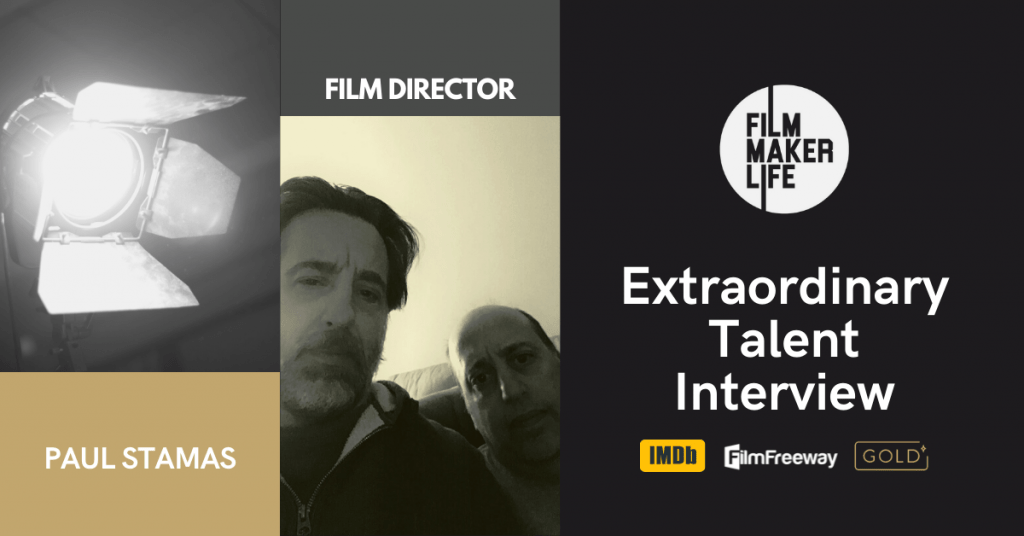
Hi, Paul! Thank you for granting this interview, and sincere congratulations on your achievements.
1. You wrote, directed, and played a Key Cast (Nick) on the film ‘Big Hand Nick: First Assignment’. What should the audience expect to see?
I think they should expect to see a character they can laugh and cheer. A real character, someone you could hang out with or go to when you need help. I really would like the audience to have as much fun watching our project as much as we did making it even though we are armatures and don’t have your traditional action sequences that they might be used to seeing. We just wanted to bring a smile to their faces. I think what sums it up is what one reviewer said about the film: “a memorable and oddly enjoyable cinematic experience.”
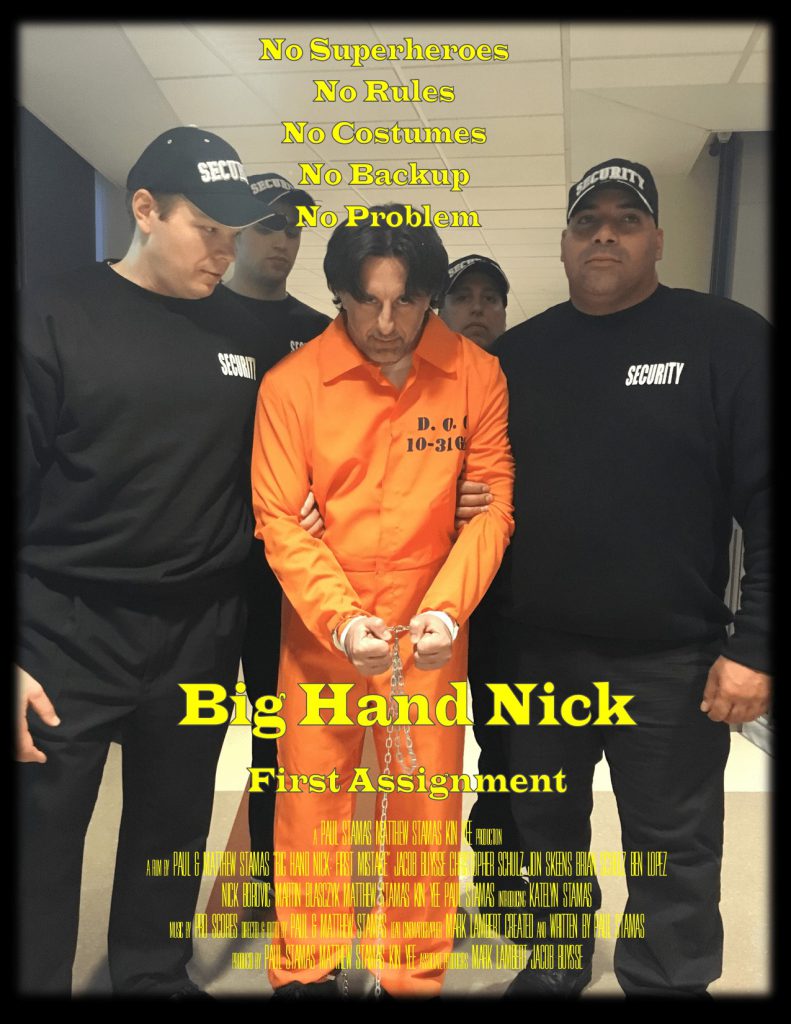
2. Tell us a bit about your background. When did you decide to become a filmmaker?
My work background is in computers, but I have taken some film courses, and I have been a fan of films since my youth. Two things I have always had the desire to do were writing and making films. When I finished my first novel, I was already writing it as if it would be made into a movie.
My fellow producer on this film, Kin Yee, and I have always been interested in making films. Before making this film, we worked on various projects together, one of which was a short film based on some of the characters from my first novel. As we continued to collaborate together, we soon realized that we needed to work on a specific project so that we could further hone our movie making skills and that was when we began working on Big Hand Nick.
So the desire was always there, but the problem always seems to be that life often gets in the way of desire.
One of my early experiences with films was volunteering on the documentary “American Movie”. I was able to meet the director, Chris Smith, and had the opportunity to watch him work and to ask him different questions about the movie making process.
Even though I had a small nonspeaking role in the film, that tiny part helped to fuel my desire to work on films.
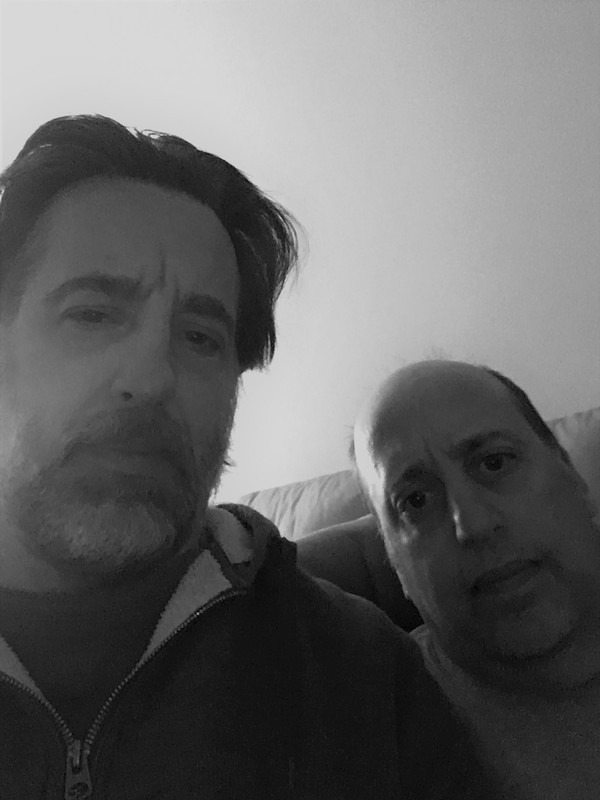
3. What are the directors that inspire you the most?
I would say that I have generally been inspired by films themselves and how they can move you emotionally and how a person can relate films to their own lives. There are so many great directors so it is difficult to just pick a few.
I enjoy the neo-noir style of films from the ’70s and ’80s because you had flawed characters that were sometimes forced into the protagonist’s role. But the protagonist had to deal with various characters who were the antagonist, but they were often their own worst nightmare. The director John Friedkin is one of my favorite examples of movies, such as “The French Connection” or “Live and Die in LA.”
When it comes to telling stories, putting you in a futuristic world, or reliving a historical drama, few directors are as talented and eloquent as Steven Spielberg. He takes complex ideas and makes them simple and believable, allowing the viewer to become completely engrossed in the story like in “Close Encounters of the Third Kind” or “Jurassic Park”.
4. Where did you get the inspiration from for creating your story? What about your characters?
I’d say the inspiration for the story and the main character Nick is the classic storyline of the underdog who gets pushed to the point where he has to take things into his own hands. Nick is a flawed person, an anti-hero in many ways, but he doesn’t give up even when he doesn’t have all the answers. He’s reckless and sometimes clueless but always moving forward. I have been influenced by various characters from the movies I grew up on in the ’70s, ’80s, and ’90s. One example of this type of character can be found in one of my favorite movies: “Big Trouble in Little China.” Kurt Russell’s Jack Burton is that kind of character- he has a sense of bravado, he’s mistake-prone, willing to help his friends in need, and yet he ends up resolving the situation.
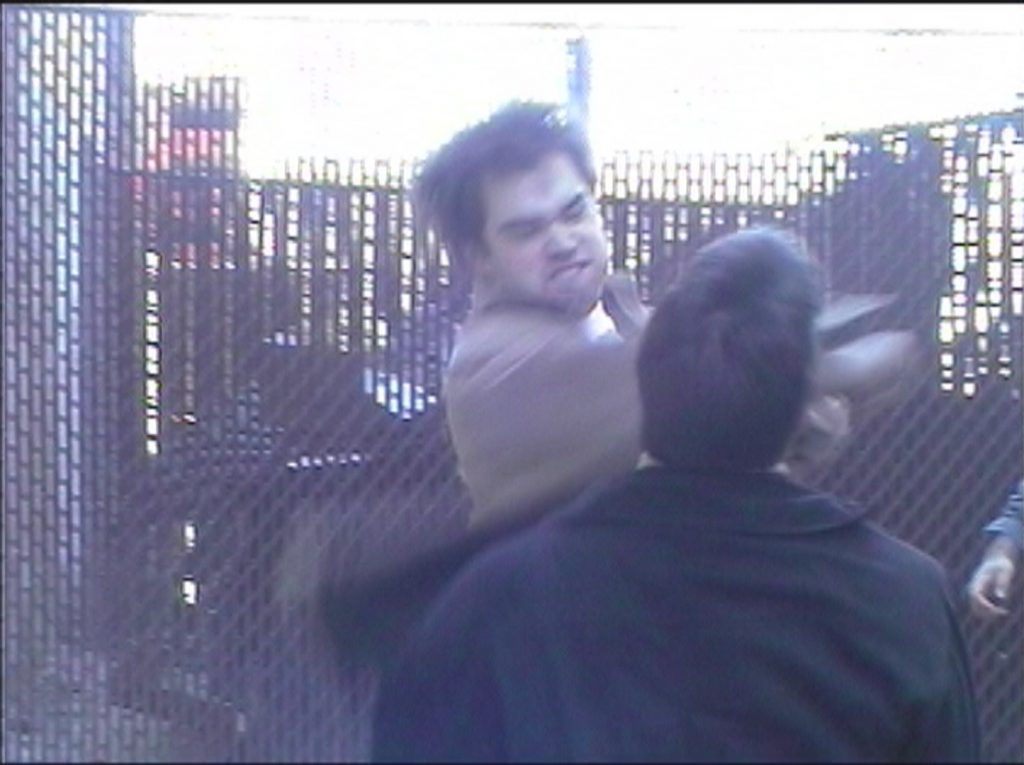
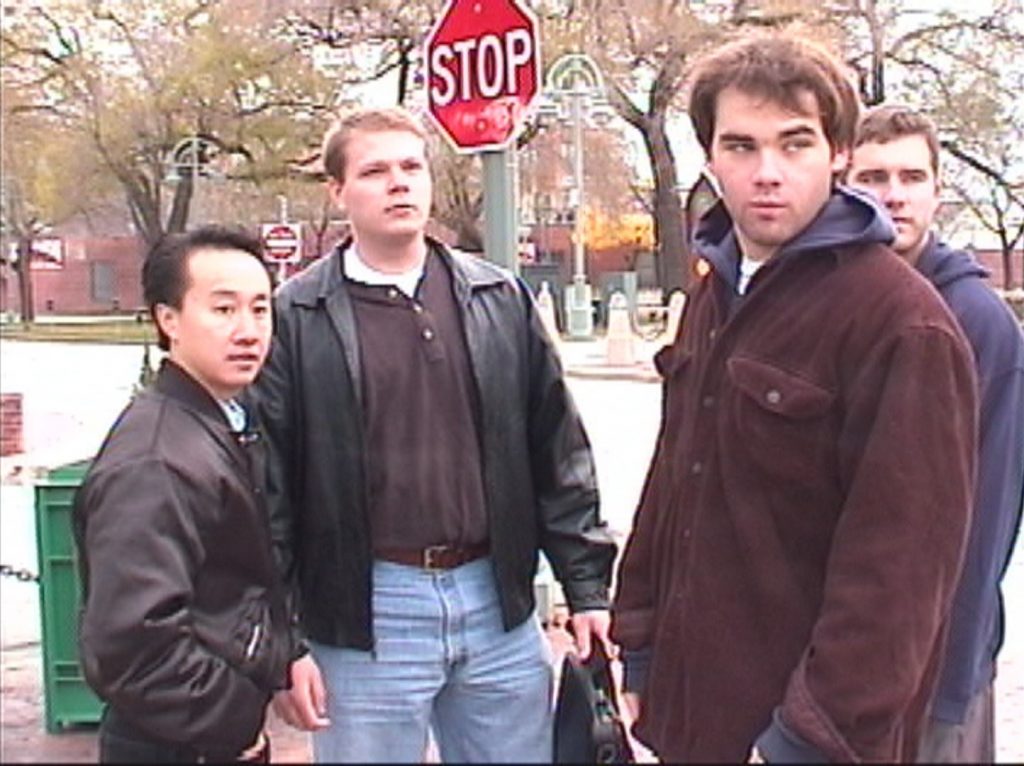
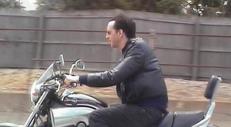
5. What did you enjoy the most about working on the film? What did you find more challenging at any stage of the almost twenty years production process?
What I enjoyed the most about working on the film was getting a chance to work with all of the people who volunteered their time and energy to help me with my dream though it took many weekends and even many years. We had some confusing and frustrating times but also many laughs. It was also nice to have so many different people who were eager to help tell this story under such non-conventional circumstances.
The biggest challenge was being flexible enough to make necessary adjustments to the story so that I could finish the film while maintaining the original concept. Because we shot different parts of the movie over multiple years, the story had to change as we progressed with the film. In the end, we were able to put together an even better spin on the story because of this. Big Hand Nick is an origin story of sorts, and I feel we put it together to show the audience our concept of this character.
Lastly, I would like to point out the time I was able to collaborate with my brother, Matthew. He did not start on the project as co-director, but during the making of the movie, he stepped in to assist with fresh ideas and technical decisions that helped shape the film. Matthew was also responsible for helping to take all the footage from the past and the present and edit things together coherently. I was also impressed by his ability to put together the music editing for the film. It has been such a blessing, and I wish I had tapped into it years ago.
6. Do you have any on-set stories you would like to share?
One of the things that stands out to me is footage from behind the scenes of my two daughters as little kids jumping on me when they were on set. Then fast forward many years later, and my daughters are all grown up. My oldest one was in the film, and my youngest daughter helped film some of the interview scenes on her iPhone.
It has been interesting to see how the city in which we filmed has also changed over the years. So many local landmarks have changed, so it is like looking at parts of Milwaukee from the past. We had to adjust constantly to the locations we could use. One example is using a hallway in a house to appear like a low-rent apartment complex.
Another scene that stands out is the bus scene. The camera person would get on at one stop, and then I would have to get on the bus at the next stop; meanwhile, another person was following us in a car. So we would film on the bus, get off the bus, and then drive back and repeat the process for other shots. It all made us laugh, running around back and forth on the bus after bus.
7. How did you choose your cast? Was this your first time working with them? How was it to work with 8mm cameras and then with iPhones?
The cast was made up of friends of mine and some of my family members. And this was the first film we have done. There was no actual budget, but these people were willing to give their time to help either in front of or behind the camera. All the guys you see doing the action in the film are friends of mine who I have known through Martial Arts. These guys embraced their roles, and I believe they probably had more fun than I did working on these action scenes. There was no hesitation by any of them to sacrifice their bodies to get the shot.
One castmate, in particular, Jake Buysse, played multiple roles and has always been there to assist both 20 years ago and today. People like him, along with others, juggled their lives, and their time to work on this project was a blessing.
The only problem I had when filming with the 8mm camera was that I actually didn’t own one. Thankfully some of my friends that worked with me on the film allowed me to use their equipment while filming. Of course, the technology and picture quality of the iPhone was much better, but when it comes to filming, no matter what camera you use, you just point and shoot. It was the editing process and transferring of the older medium to digital that presented the difficulties.
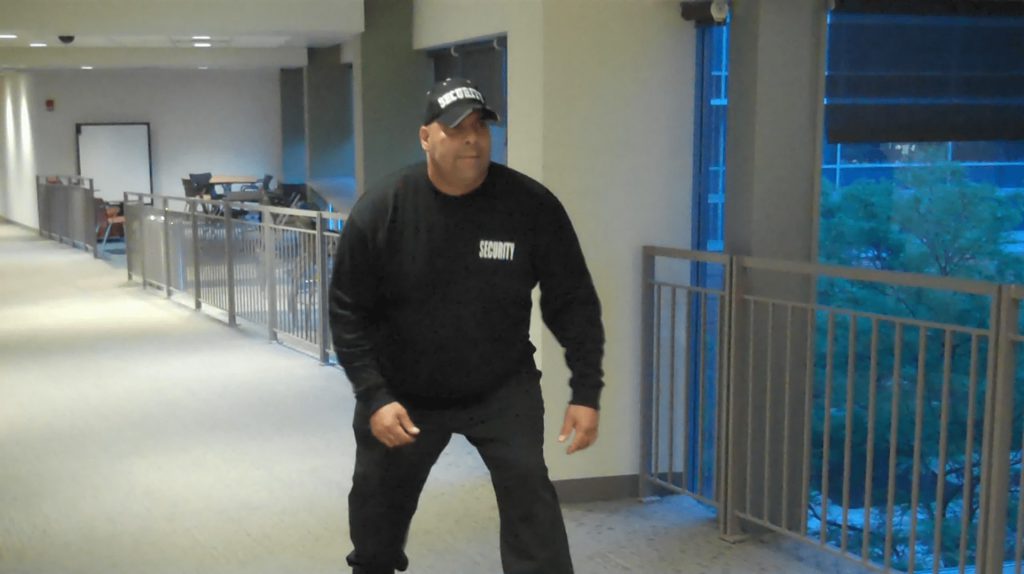
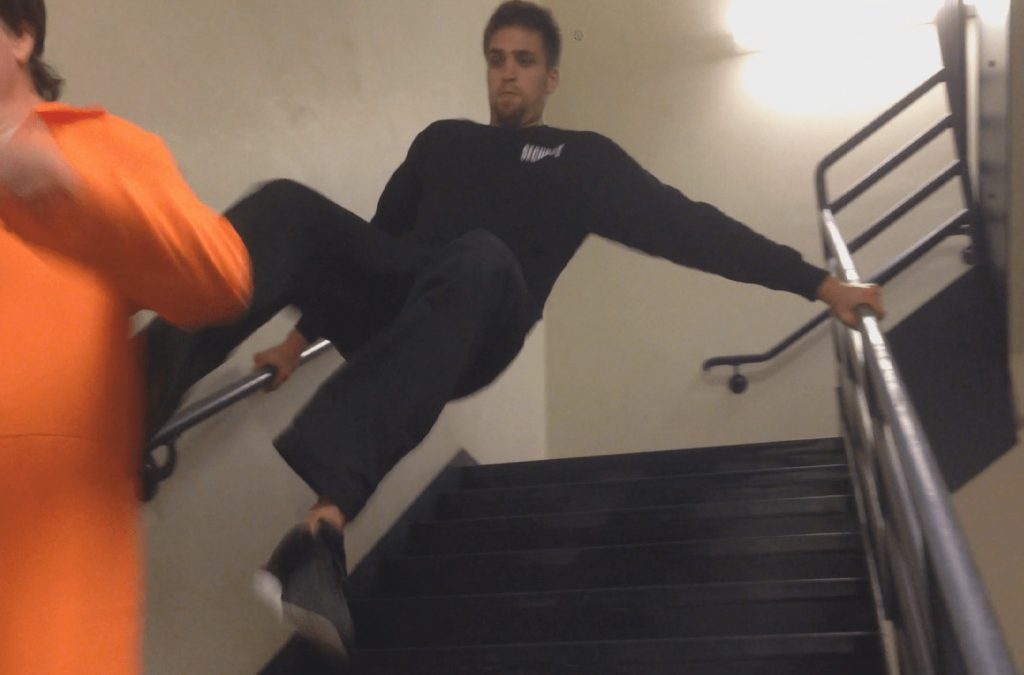
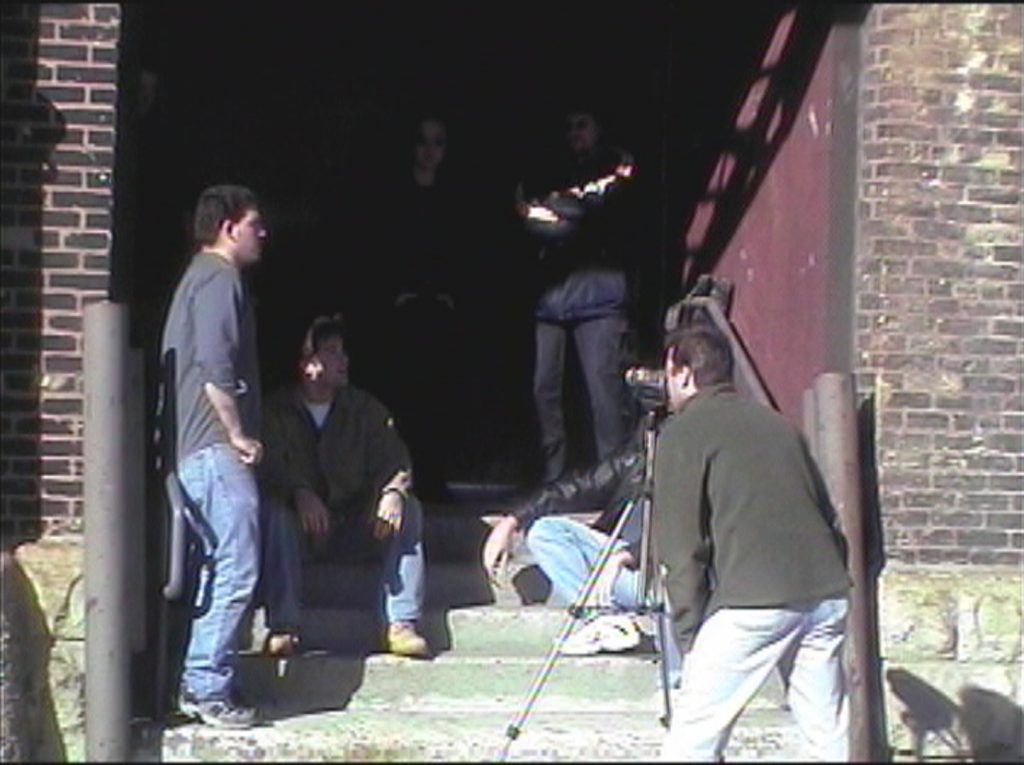
8. When you’re working with your actors, do you like to leave room for improvisation or do you prefer to stick to the script?
We had a script, but as I said before, we occasionally had to make adjustments to the story as we went along. So we tried to follow the story’s structure, but we left room for improvisation, especially during action sequences.
9. What is the message that ‘Big Hand Nick: First Assignment’ conveys?
That in the real world, there are no superheroes or magic to save you, but there could be a guy like Nick that could help out when needed, or possibly you could be that person and face your mountain-like obstacles head-on and be victorious.
10. What’s next for you? What are you working on at the moment?
I am currently working on a full feature movie for the Big Hand Nick Character with my brother. I also have been working on my next novel. My first novel (Stark: For Those Who Dream. He Dares the Impossible) came out over 20 years ago, BC: Before Children.
Now that my kids are grown, I have more time to pursue my interests in writing and film. I have a lot of stories I would like to tell in both books and films, and I am looking forward to seeing what I can achieve in the future.
Overview – ‘Big Hand Nick: First Assignment’.
From people who love films comes a film that’s taken almost 20 years to make.
Big Hand Nick: First Assignment explores the origins of the film’s main protagonist Big Hand Nick. He is a complicated character not defined by being either good or bad, but perhaps just misunderstood.
While this film may be considered a short film, it will seem to play like a full feature. It will make you laugh and cheer.
Low budget, goofy, and maybe it doesn’t make sense at times. Like a train wreck, you can’t stop watching, but it will entertain.
Sit back and witness the beginning of something new with the ingredients of what came before mixed into the story.
Director Statement – Paul Stamas
The idea of ‘Big Hand Nick’ came almost twenty years ago, which slowly evolved into a project that not only covered a long period in the character’s life, but that span of time mirrored similarly during the filming process. The main character, Nick, came into shape both with the scripting process and during filming. My love of films from the 1970s-1990s contained an anti-hero forced into situations that he often didn’t want to participate in, moving me to want to create this film. Like all of us, the anti-hero character is a significantly flawed and imperfect individual, someone that people could not only relate to but know that he is a person you could call on in times of need. So all of these collections of ideas are shaped together into the film that we have today.
This project was important to me because I wanted to create an homage to some of my favorite films and characters that I enjoyed during my youth. The goal here was not to make a statement about society’s ills. It is to entertain. I wanted to make something that anyone could enjoy with family and friends and escape the world and its craziness. Even though it took years and hurdles from life that always seemed to delay its completion, everyone involved saw it to the end. It is somewhat ironic that the turmoil that has occurred lately has helped me find the time to work on and finally complete this long overdue project.
From the first time I saw a movie with my father, I was captivated by the action sequences and how they helped tell a story that made me wish that someday I will do the same. I didn’t just enjoy big explosions; I thought about why the hero got in this situation and what I would do if I had to escape. That motivated me to develop a character, and their story put them into these perilous situations and see how they reacted. I would say Steven Spielberg and his ability to present a story that can entertain you and make the viewer feel and think about it after the movie is over has always been a significant influence on my love of film. The story of ‘Big Hand Nick’ and the film’s action comes from the vast array of action movies from the 20th century, where the theme was more straightforward, and the characters and adventures that they encountered told the story.
What makes Big Hand Nick visually unique is how the actual technology used to film this over almost twenty years is distinctly different between the scenes from the past and the scenes set in today. Early scenes were filmed with 8mm cameras, and later scenes were filmed with iPhones and digital equipment. Thus, there is an authenticity to the film not seen in many movies unless altered in post-production to give the older scenes a look from a different time. The actual footage from the 8mm cameras allows this look to come to life seamlessly.
The following technical challenge came during the editing process from the different mediums used while filming. The older taped footage had to be transferred to digital format to edit. In the editing process, we altered the tape footage to match the digital footage’s aspect ratio to present a more cohesive picture. Integrating both allowed us to tell the story from the past with today. This process was new to us, being our first film, and we had to learn as we went, which had undoubtedly helped to add to the film’s rawness.
With ‘Big Hand Nick’, we hope that the audience finds themselves laughing, cheering, and enjoying both the main character and the people he encounters. We would also hope that audience finds that they might want to see Nick again in further adventures. It is simple entertainment in a complex world that allows a person to escape, if only for a short period of time.
Paul Stamas is also the author of the novel; Stark: For those who dream. He dares the impossible. Big Hand Nick: First Assignment film is the first film the brothers began collaborating on.
Connect with Paul Stamas:

FilmmakerLife is proud to be a global team of dedicated professionals who are passionate about the world of filmmaking.